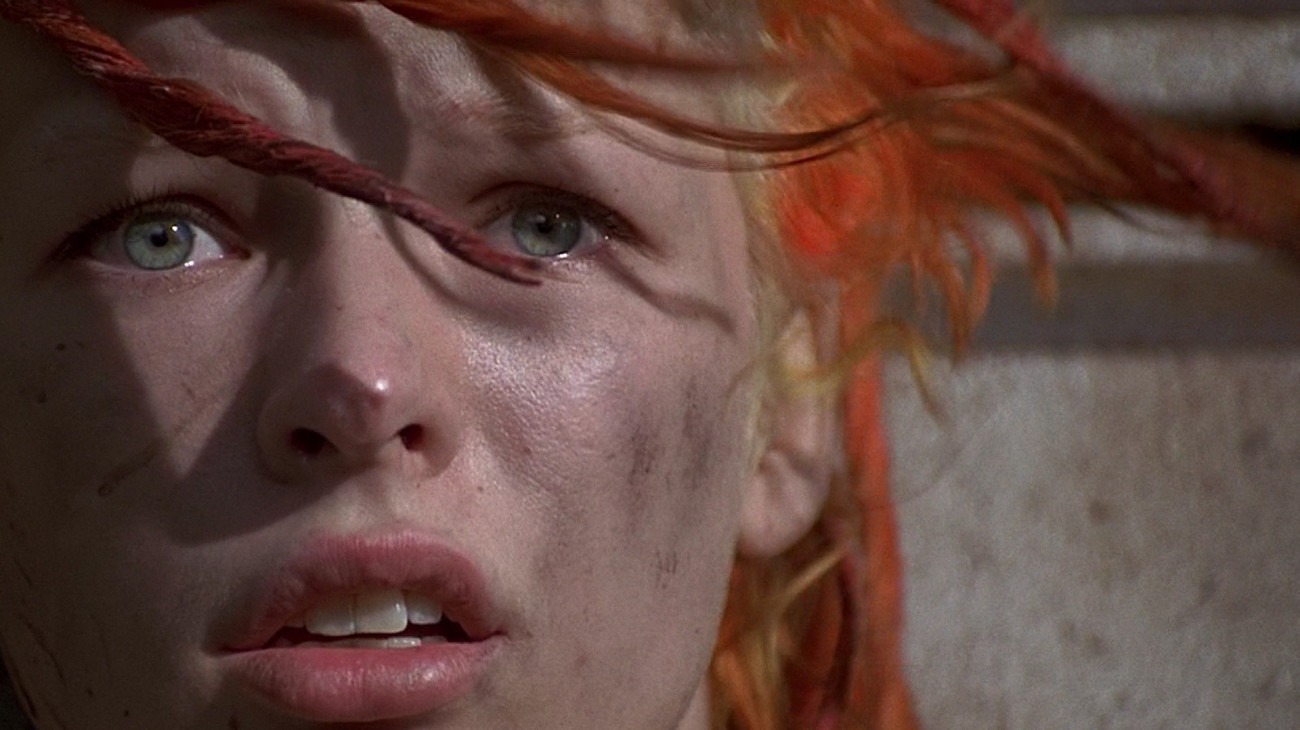

In addition to their role in qigong and internal martial arts, the five elements help determine the design principles of feng shui and the underlying structure of traditional Chinese medicine, including acupuncture and herbal remedies. And for thousands of years, Chinese philosophy has held that good health is a result of five elements – wood, fire, earth, metal and water – being in harmony. The same elemental idea – along with a fifth component (ether) – is echoed in the ancient Indian healing traditions of yoga, Ayurvedic medicine and vastu (the Indian equivalent of Chinese feng shui). By paying attention to this balance, he argued, we could improve our health. The fifth century BC Greek physician Hippocrates, for instance, declared that a person’s health was dependent on the balance of four bodily fluids that corresponded to the natural elements of air, water, fire and earth. While most of the zanier contributions to medical history have gone the way of the horse-drawn buggy (no one today would down a bottle of the dubious 19th-century elixir “Microbe Killer” that was all the rage until it began killing more than just microbes), some of the most ancient ideas about health remain relevant today. The history of medicine has given us some incredible treatments – and some very wacky ones.


 0 kommentar(er)
0 kommentar(er)
